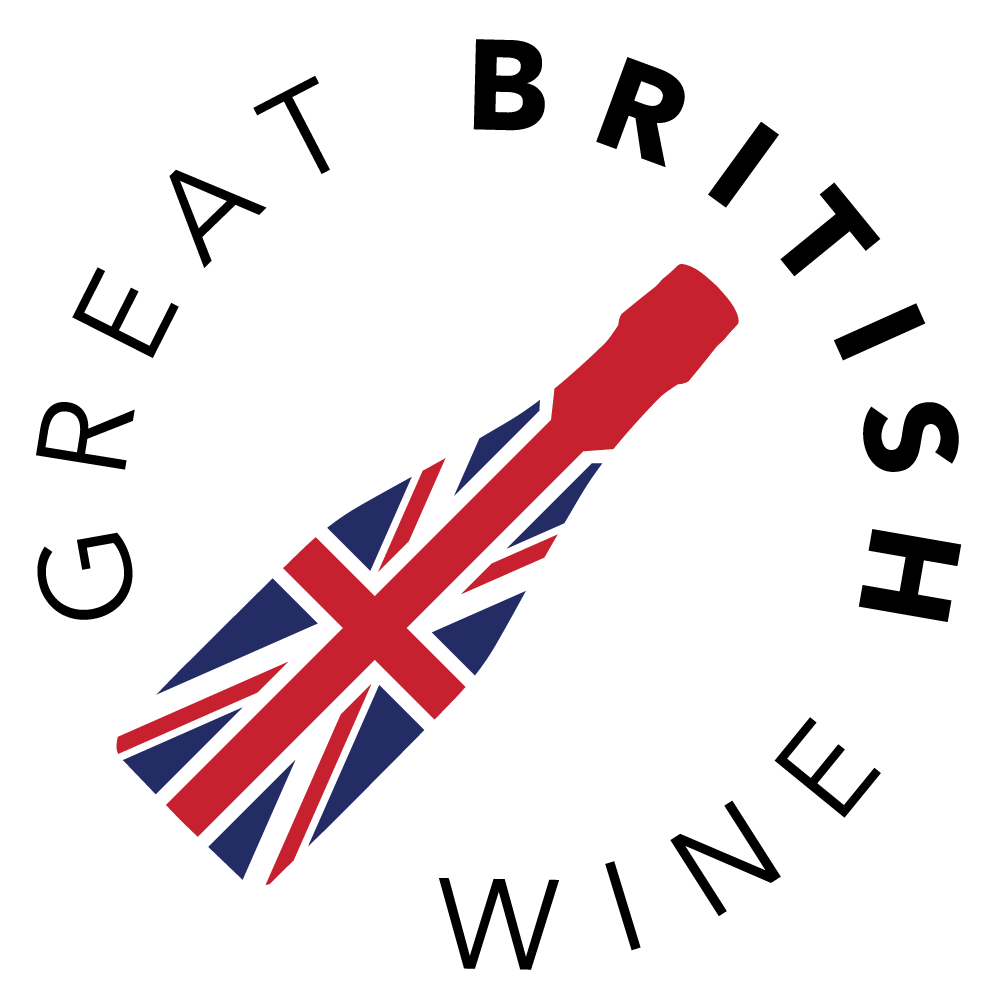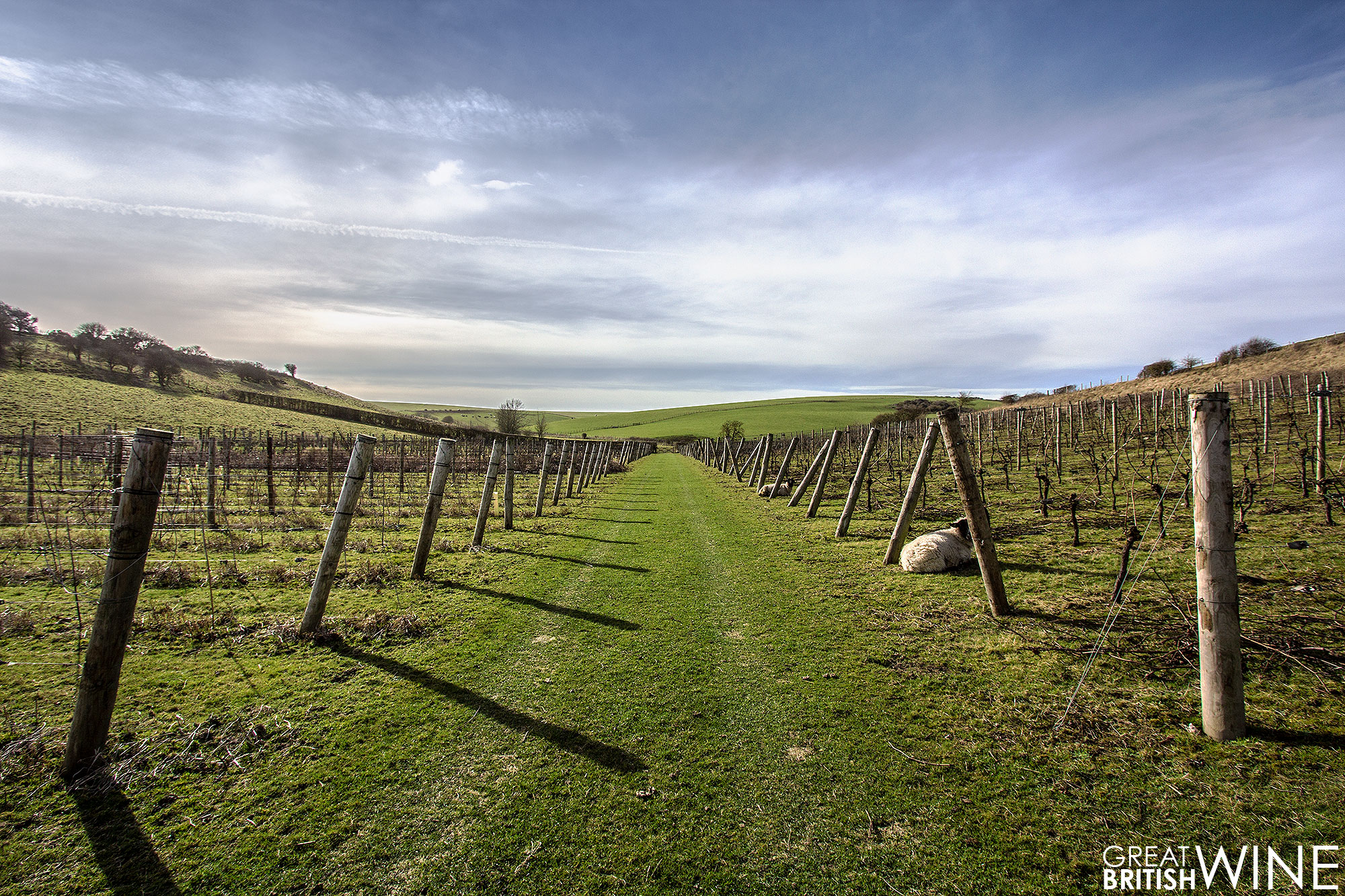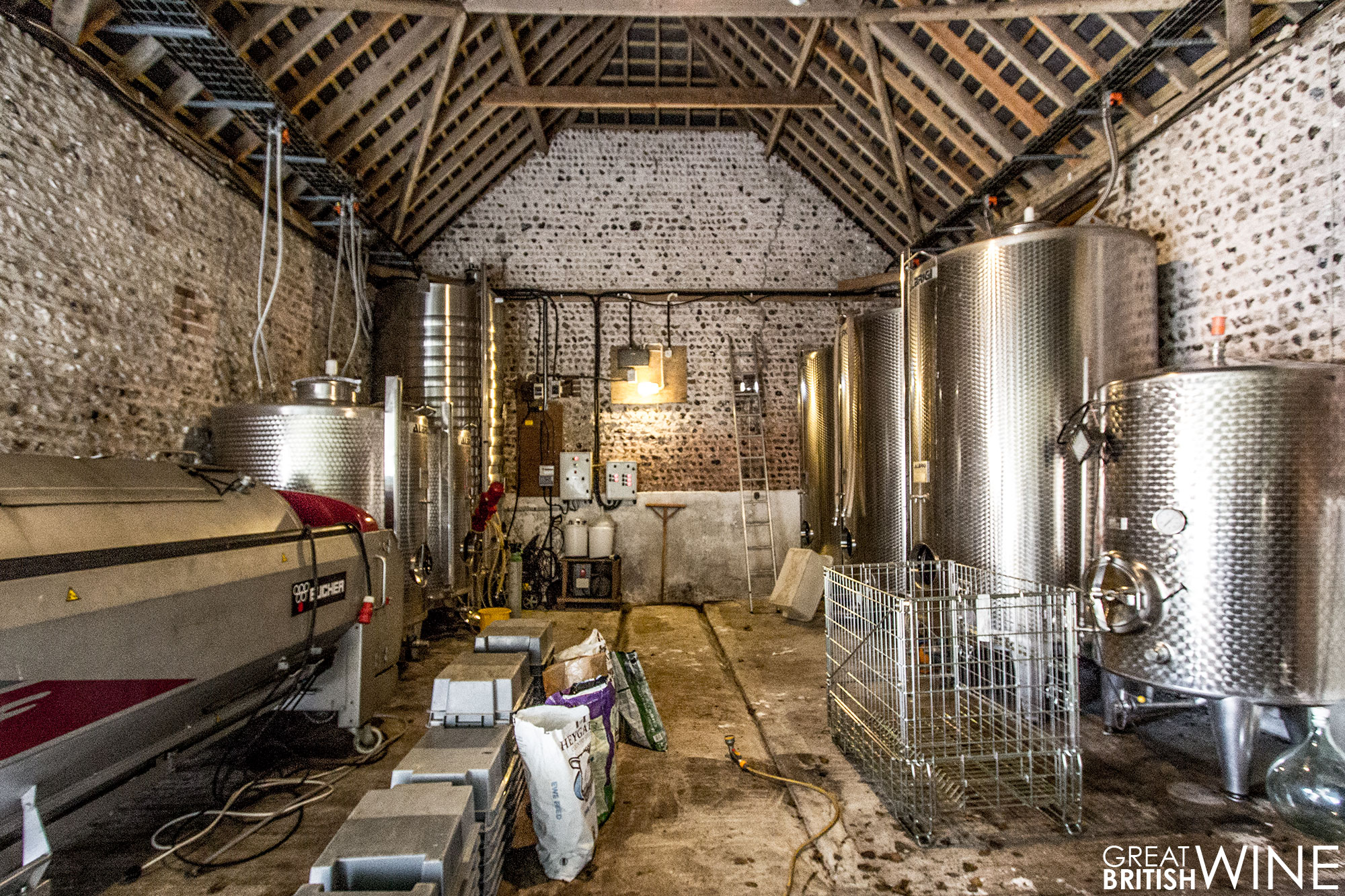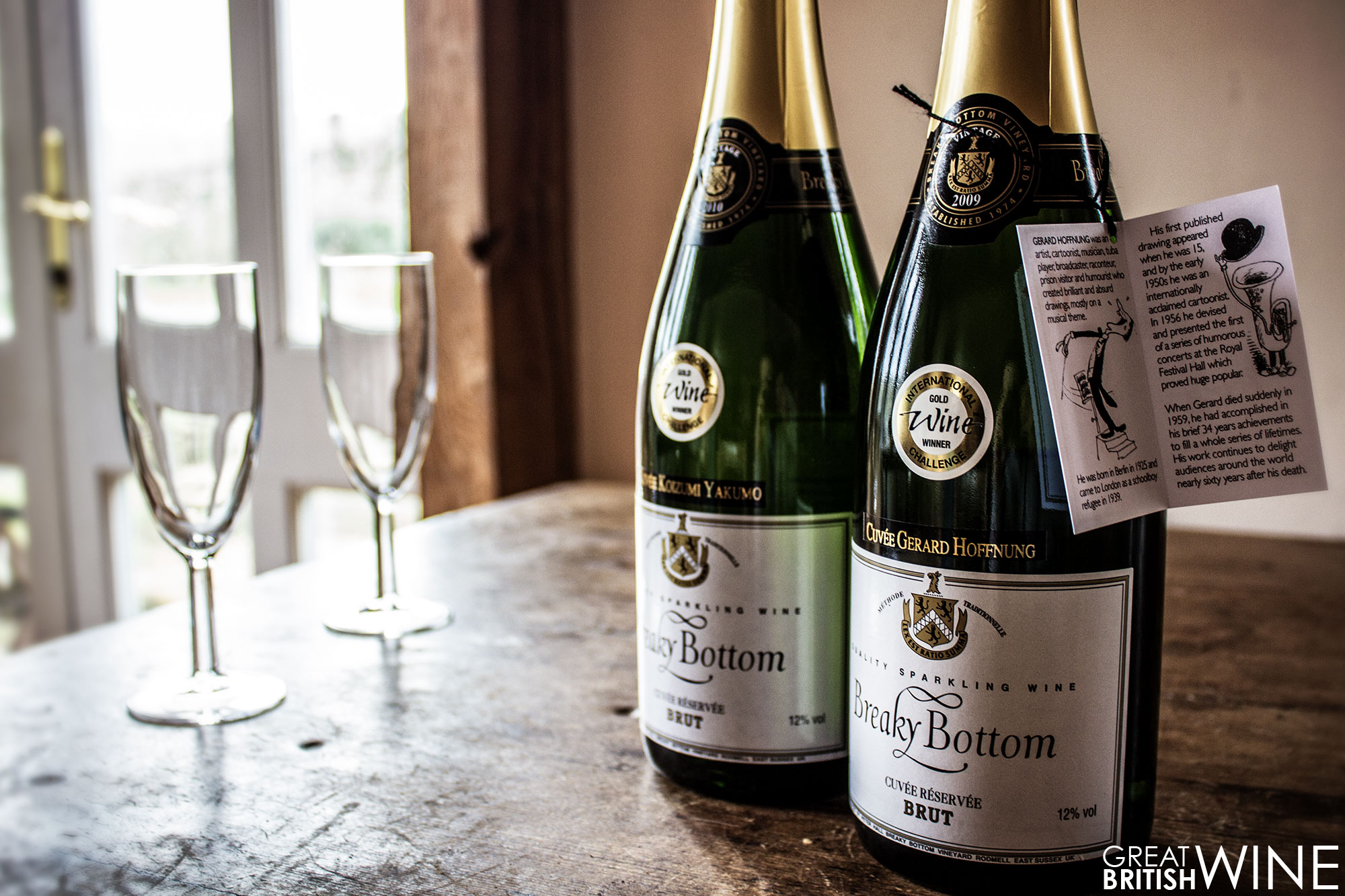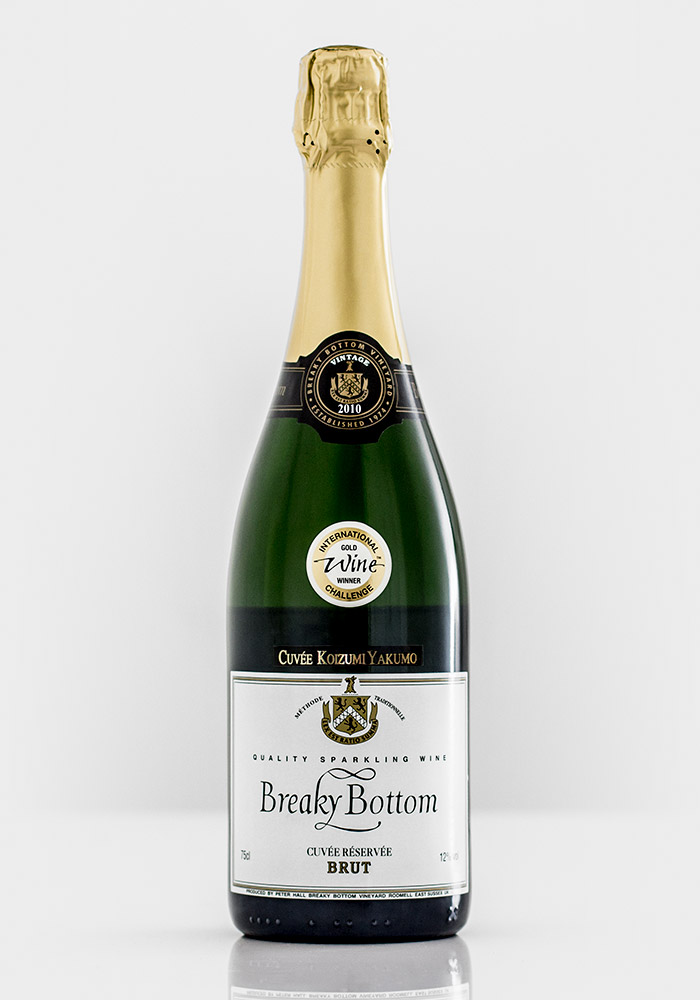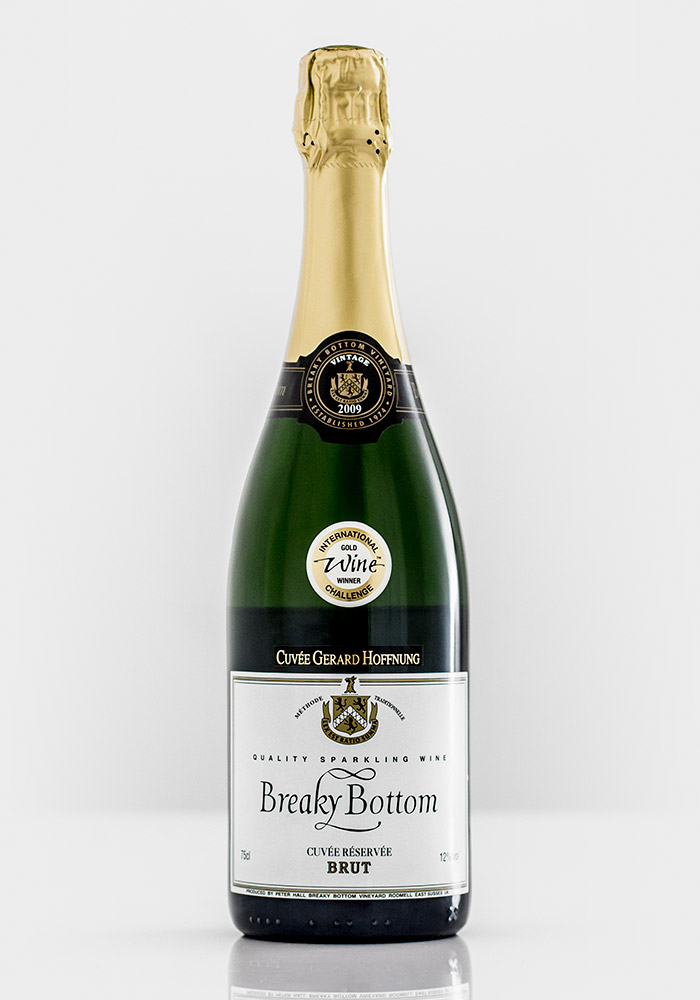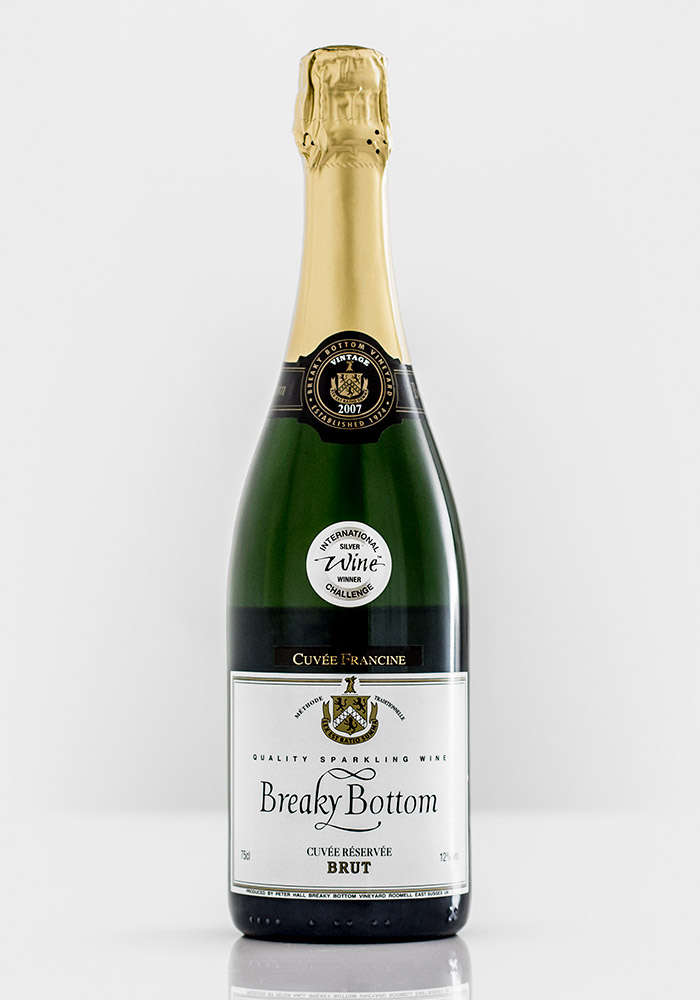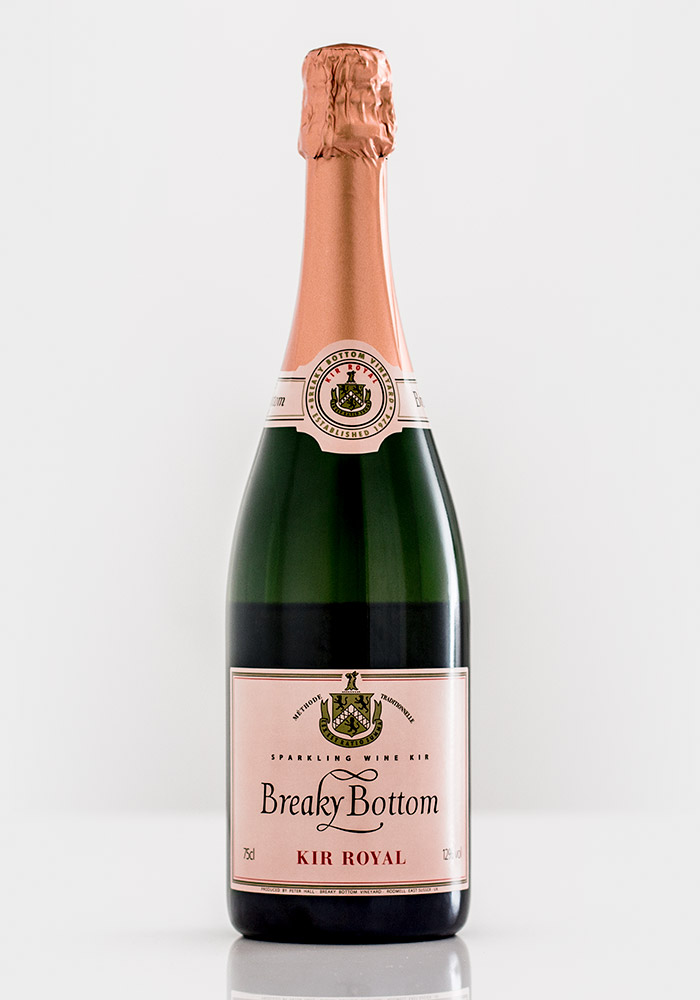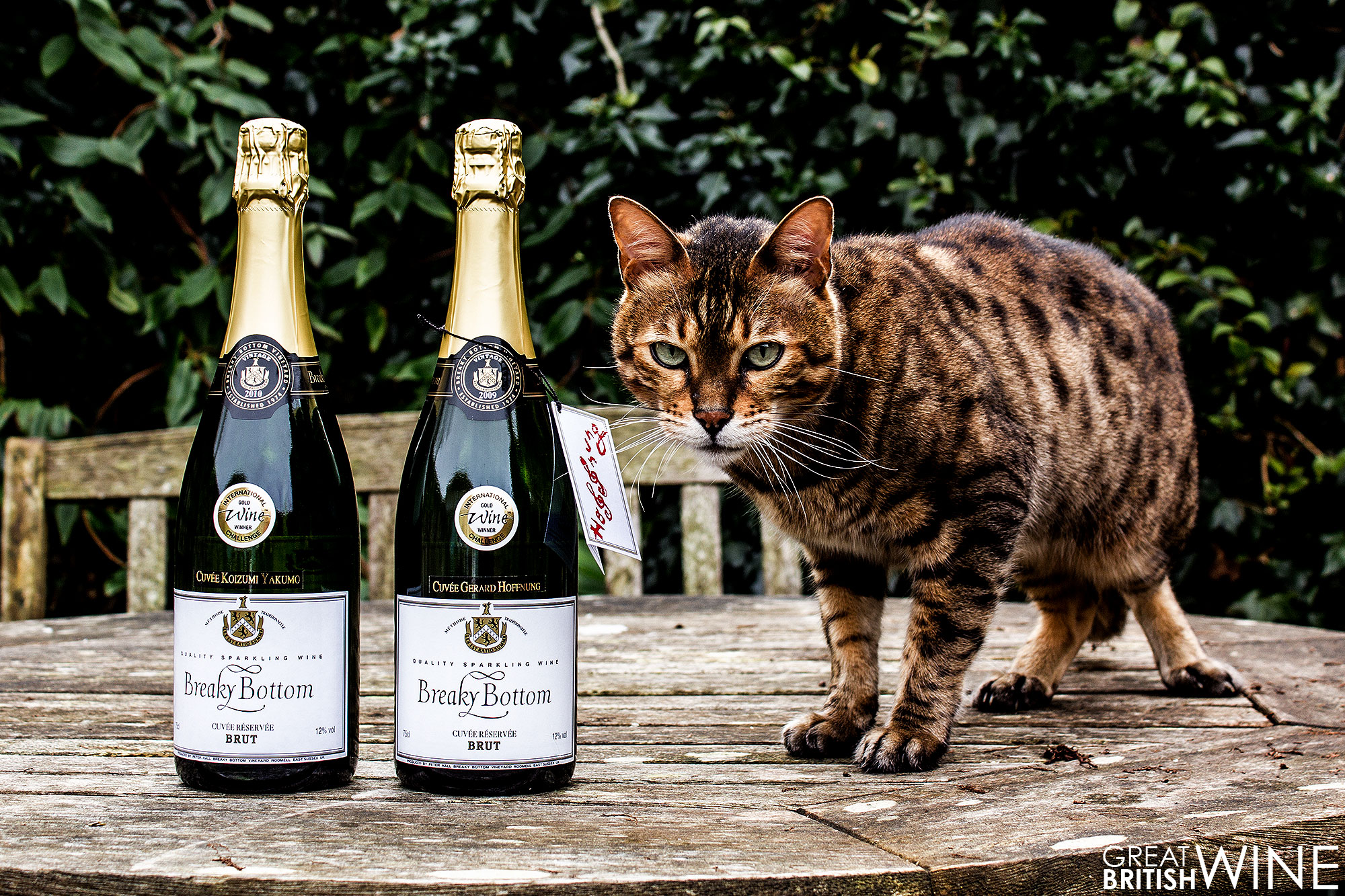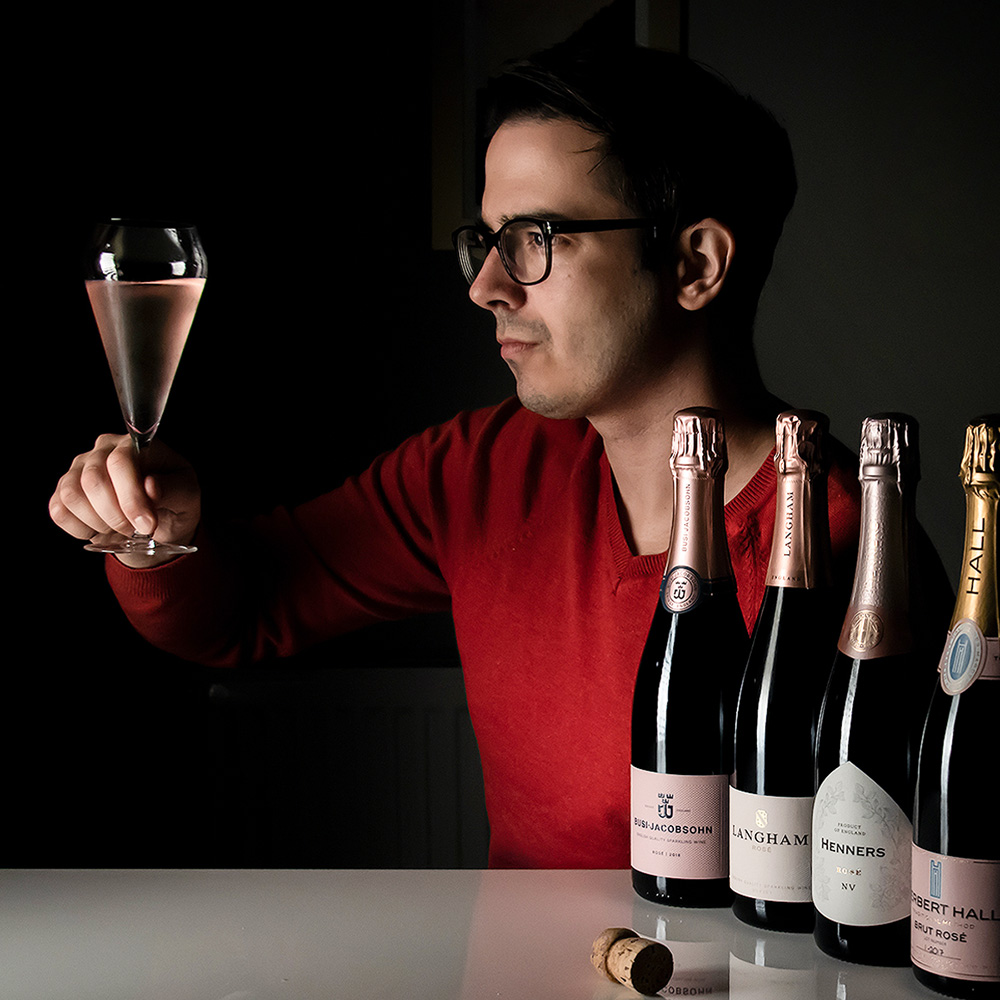Driving through what feels like a cross-country assault course full of bumps and puddles that look like they might swallow up my car (fortunately they didn’t), I arrive at the top of the valley. Expansive and isolated, the sight is instantly gratifying and sets the stage for what is about to become a journey of discovery to one of the country’s best kept secrets. Let’s call it a Seyval Blanc pilgrimage; a voyage into the diverse, colourful and at times fascinatingly abstract life of the winemaking legend that is Peter Hall.
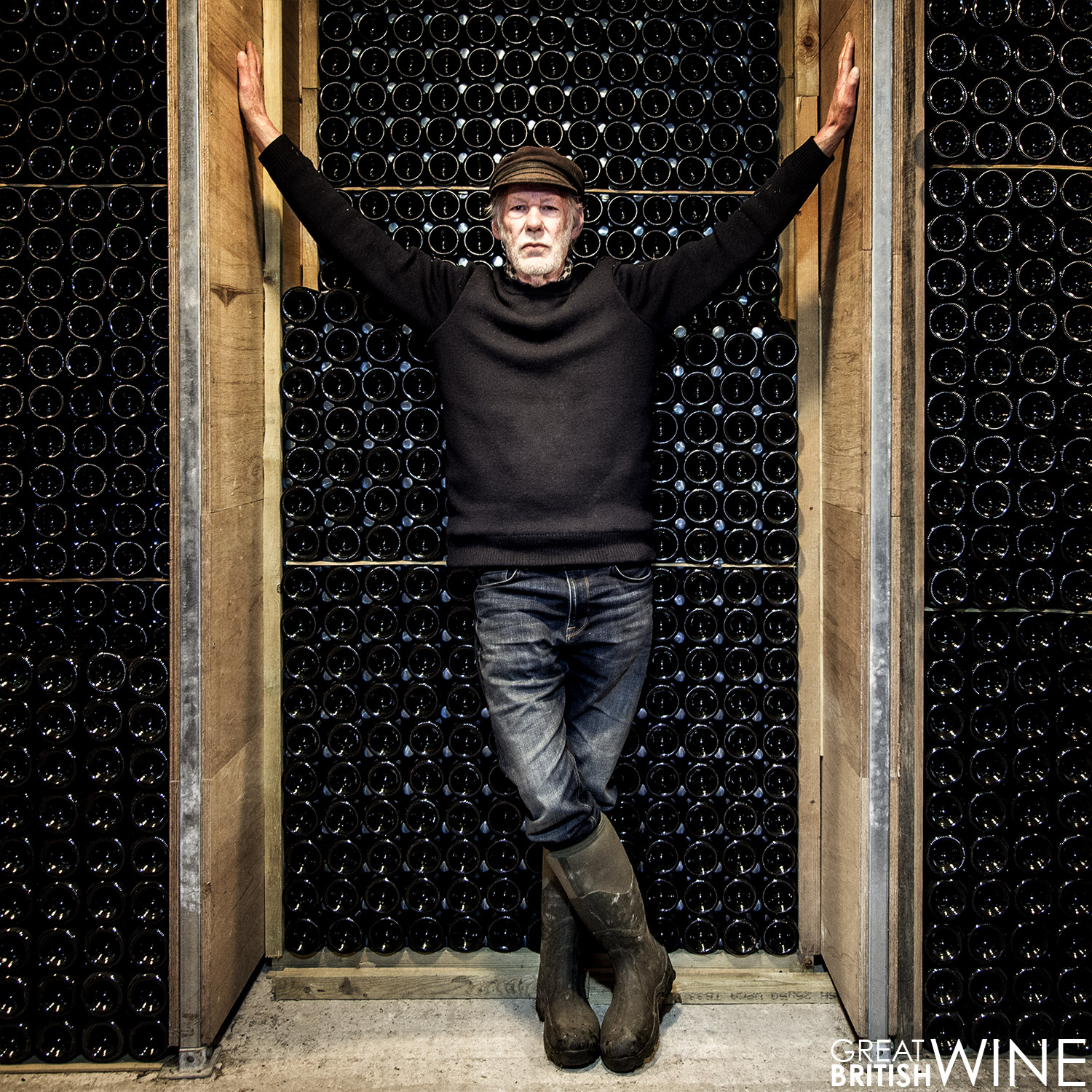 At the base of the valley I greet Peter outside his charming cottage surrounded by picturesque vineyards, with a sense of both excitement and trepidation. I’ve heard so much about Peter, not just from industry peers, but also from fellow English wine lovers. But what could I expect from my first foray into Peter’s world? He was well aware of my previous prejudice against the Seyval Blanc grape, and that my recent chance encounter with the stunning 100% Seyval Blanc Sparkling Breaky Bottom Cuvée Reserve Tom Inglis Hall 2009 had been a ground-breaking discovery. Whilst the 2009 has now sold out, I was soon to discover the follow-up vintage is equally impressive. I leave Peter momentarily for a stroll around the vineyards. Taking in the secluded atmosphere, my jaw almost hits the ground as the sun pokes through the clouds, lighting up the untouched beauty of the fields and hills that occupy and surround Breaky Bottom.
At the base of the valley I greet Peter outside his charming cottage surrounded by picturesque vineyards, with a sense of both excitement and trepidation. I’ve heard so much about Peter, not just from industry peers, but also from fellow English wine lovers. But what could I expect from my first foray into Peter’s world? He was well aware of my previous prejudice against the Seyval Blanc grape, and that my recent chance encounter with the stunning 100% Seyval Blanc Sparkling Breaky Bottom Cuvée Reserve Tom Inglis Hall 2009 had been a ground-breaking discovery. Whilst the 2009 has now sold out, I was soon to discover the follow-up vintage is equally impressive. I leave Peter momentarily for a stroll around the vineyards. Taking in the secluded atmosphere, my jaw almost hits the ground as the sun pokes through the clouds, lighting up the untouched beauty of the fields and hills that occupy and surround Breaky Bottom.
Returning to the small cluster of buildings surrounding the Hall residence, we find ourselves in a small and chaotic (Peter’s own words) winery. Peter harvests, crushes, ferments and bottles the wines on site for secondary fermentation. The only process not carried out onsite is the disgorging, which is handled out at Ridgeview Estate after the forging of a relationship with the late, great Mike Roberts. Typically, the winery will produce around 10,000 bottles a year, split between single varietal Seyval Blanc and classic variety Cuvée blends. Peter lights up a cigarette, left arm perched on the Bucher grape press and we start to discuss wine, England and beyond. Despite Peter’s declaration of being a hermit, his network of friends and industry peers is, much like his stories, expansive. It’s clear that his close friendship with characters like Dermot Sugrue (Wiston) and Emma Rice (Hattingley Valley) ensures he has the ear of some of the country's finest winemakers.
It’s hard to know exactly where to begin when telling Peter’s story – or even perhaps where it actually begins. Now 73, he was introduced to wine in his early teens. His French grandfather ran a famous restaurant, Le Petit Savoyard, in Soho before the First World War and is clearly the inspiration for Peter’s foray into wine. He recalls sampling wines from all over France and being taught to take an unbiased look at wine, to “divorce oneself from the wine label”. Peter tells me a story of a time when, aged 14, he sat in the shade of an ancient fig tree in the Midi, examining a bottle of Morey St Denis. Upon tasting the wine, his Grandfather clapped his hands and said, “but remember, mes enfants, it’s only fermented grape juice”. Ultimately it’s all in the tasting, the experience and the sensory journey that the wine takes you on. Peter’s honesty is remarkable, quipping about his palate seeing decades of smoking, as he sits back rolling and lighting up another cigarette.
Our discussion jumps forward a few decades to Peter’s arrival at Breaky Bottom. After studying Agriculture at Newcastle University, he discovered the farmstead while working as a farm-hand. Originally living in a pokey flat in Brighton, Peter eventually agreed with the land owner that he could reside in a tiny abandoned cottage at the bottom of the valley. Several years into his work and, after marrying the landowner’s daughter, his occupancy at Breaky Bottom became more permanent. All of those years of French wine romancing led him to take a leap of faith and plant a four-acre vineyard in 1974. Müller-Thurgau and Seyval Blanc were the grapes of choice, as at that time there was simply not many grape varieties available in England. There was no electricity, no telephone line and only a standpipe for water. What there was, however, was that expansive landscape and Peter’s fascination with nature. For many years Peter made clean and precise Loire-styled white wines, where his commitment to the Seyval Blanc grape in particular paid off. Recognition and awards followed, with Breaky Bottom’s 1990 Seyval Blanc winning a Gold Medal in the 1993 International Wine Challenge. Peter’s response to IWC creator and good friend Charles Metcalfe upon beyond told of Breaky Bottom winning the award? “Are you telling me I only won Gold and not the trophy?” All joking aside, Peter remains grounded and modest about his achievements.
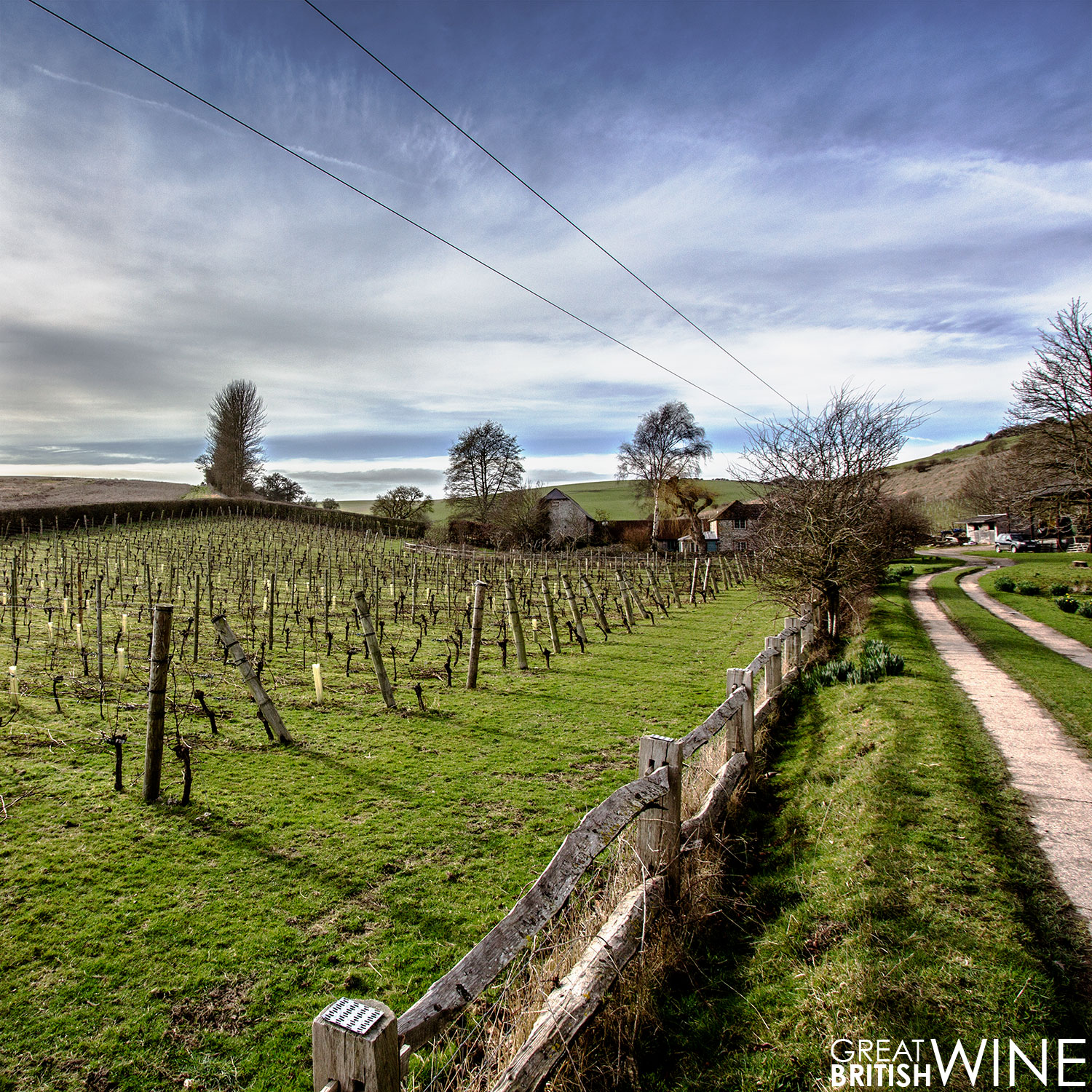 It was also during the 90s that the shift of focus from still wines to English Sparkling Wine took place at Breaky Bottom. Peter explains that terroir as well as the close proximity of the South Downs to the Champagne region was one inspiration, but that he also took notice of the people planting Chardonnay and the Pinots to make sparkling wine in England. And so the vineyards were gradually replanted over a number of years. With the Müller-Thurgau now long gone, additional Seyval Blanc plantings take the total amount of Seyval to approximately four acres. Additionally, just two acres of land are now home to Champagne varieties of Chardonnay, Pinot Noir and Pinot Meunier.
It was also during the 90s that the shift of focus from still wines to English Sparkling Wine took place at Breaky Bottom. Peter explains that terroir as well as the close proximity of the South Downs to the Champagne region was one inspiration, but that he also took notice of the people planting Chardonnay and the Pinots to make sparkling wine in England. And so the vineyards were gradually replanted over a number of years. With the Müller-Thurgau now long gone, additional Seyval Blanc plantings take the total amount of Seyval to approximately four acres. Additionally, just two acres of land are now home to Champagne varieties of Chardonnay, Pinot Noir and Pinot Meunier.
In the early 2000s, a metamorphosis was about to take place in the whole English Wine industry. After Nyetimber’s Classic Cuvée Gold success in the 1998 IWSC, winemakers had woken up to the realisation that international quality sparkling wines could be grown and made in England. Much like Nyetimber, Peter’s risk-taking and early foray into the English Sparkling Wine movement was about to cement his name into English wine history. The first public sparkling vintage release came at the turn of the millennium, with the 1996 Breaky Bottom Millennium Cuvée Maman Mercier – a tribute to Peter’s mother. Further awards, Silver and Gold International medals and his legendary winemaker status soon followed.
Each wine is named after someone who has touched or inspired Peter’s life in some way, such as Cuvée Gerard Hoffnung and Cuvée Koizumi Yakumo, giving you the sense that there is a story both on the label and inside the bottle. With my own interest in all things Asian, the story of Koizumi Yakumo, who the 2010 Seyval Blanc Brut Cuvée is named after, is perhaps the most fascinating. Born Lafcadio Hearn to Greek and Anglo-Irish parents, Hearn was a writer extraordinaire. After relocating to Japan in 1890, he assumed a samurai name of Koizumi Yakumo and went on to become one of the first great Japanese-to-English interpreters. He was a literary legend whose work, to this day, is still relevant and loved by both the East and West. And how is Peter connected to all of this? Lafcadio Hearn was his great-great uncle! Each name carries an equally diverse and interesting story, somehow intricately interwoven into Peter’s own sprawling adventure.
Now, onto the wine specifically. Peter’s approach to wine is minimal intervention, opting for ageing and development on the lees rather than malolactic fermentation. It feels absolutely appropriate that Breaky Bottom’s current releases, the 2009 and 2010, have seen their fair share of a decade already. The result in the glass is outstanding, both wines exhibiting strikingly fresh acidity, precise English fruit flavours with mature pastry notes and decadently silky textures. If you ask Peter nicely, there is some availability of older vintages too. These include Cuvée Francine 2007, which is a blend of all four grape varieties grown at Breaky Bottom. Francine's exuberant freshness and sublime textures are a true testament to the exceptional ageing potential of Peter's wines.
I leave with a case of wine in hand, feeling that I’d only just scratched the surface of Peter’s captivating and intricate world. There were many stories untold, many stones unturned. One thing I knew for sure is that I will certainly venture back into the strangely isolated but beautiful Breaky Bottom.
- 6 Acres
- By Appointment
Cuvée Reserve Koizumi Yakumo 2010
GRAPES: Seyval Blanc RRP: £27.50
This 2010 release is Breaky Bottom’s 100% Seyval Blanc signature sparkling. The wine has spent an impressive five years on the lees and was disgorged approximately eight months ago.
On pouring, this is a pale golden coloured wine with slightly green hues and fine streams of tiny persistent bubbles.
Bright aromas of citrus (lemon and lime zest) leap out of the glass with riper notes of pear and apricot. Hints of dried flower add interest.
With strikingly fresh acidity up front, the Koizumi Yakumo entertains with fresh Granny Smith apple and clean orchard fruit flavours.
The acidity and freshness is laser-like and straight down the line – but there’s a surprising weight to support it. A silky luxurious layered finish rounds off a sublime Seyval Blanc sparkler from Breaky Bottom.
WHERE TO BUY: Order from Breaky Bottom, The Wine Pantry
Cuvée Reserve Gerard Hoffnung 2009
GRAPES: Chardonnay, Pinot Noir & Pinot Meunier RRP: £27.50
And now onto the trinity of classic Champagne varieties, Cuvée Gerard Hoffnung is a blend of 60% Chardonnay, 22% Pinot Noir and 18% Pinot Meunier.
The 2009 pours with slightly less aggression than the lively Seyval; the bubbles are fine and elegant, complementing the wine’s light golden colours.
The nose is richer and more complex, combining baked apple and caramelised apricot notes with hints of toasted biscuit and nuts.
The texture and weight developed through the lengthy lees ageing delivers a full and sublimely rounded sensation in the mouth.
There are ripe stone fruit flavours with roasted brown sugar and citrus zest cut through, finishing with a bitter almond complexity.
WHERE TO BUY: Order from Breaky Bottom, Butlers Wine Cellar
Cuvée Reserve Francine 2007
GRAPES: Seyval Blanc, Chardonnay, Pinot Noir & Pinot Meunier RRP: £25.00
A rare Cuvée from Breaky Bottom that combines all four grapes grown on the estate, with 55% Seyval Blanc, 40% Chardonnay and 5% Pinots Noir and Meunier.
A delicate pale golden colour in the glass, Francine’s bubbles are less plentiful than the younger releases, but her elegance and persistence no less alluring.
There are aromas of apples, light floral with subtle yeasty notes and hints of mature stone fruit suggesting age.
On first taste, the palate is greeted with surprisingly youthful (for a 10-year-old wine) acidity, as well as fresh pear and tangy bruised apple flavours.
The flavours just go on and on, as citrus zest, toasted spice and yeasty notes linger on the finish.
This remarkable wine still has plenty of life in it yet!
WHERE TO BUY: Order from Breaky Bottom, Butlers Wine Cellar, The Wine Pantry
Breaky Bottom Kir Royal
GRAPES: Seyval Blanc RRP: £25.00
In 1999, Peter decided to dedicate a small area in his vineyards to grow blackcurrants for producing a Crème de Cassis. Happy with the result, he then crafted Breaky Bottom’s first rosé by using the Cassis as the dosage. We believe it’s the only wine of its kind in England.
The wine has a light blush pink colour – the bubbles a little less pronounced than the Breaky Bottom Cuvées, but still lively and appealing.
Aromatically the wine is cheerful and unpretentious – there is light and fragrant citrus, slight floral notes and minimal yeasty character, with berry fruit hints and blackcurrant leaf aromas.
A crisp citrus and green apple bite is met with warmer berry flavours – but oh so subtle and not at all dominating.
The blackcurrant undertones make this a thoroughly enjoyable and delightfully playful wine.
WHERE TO BUY: Order from Breaky Bottom, Quaff Wine

